Design Ethos
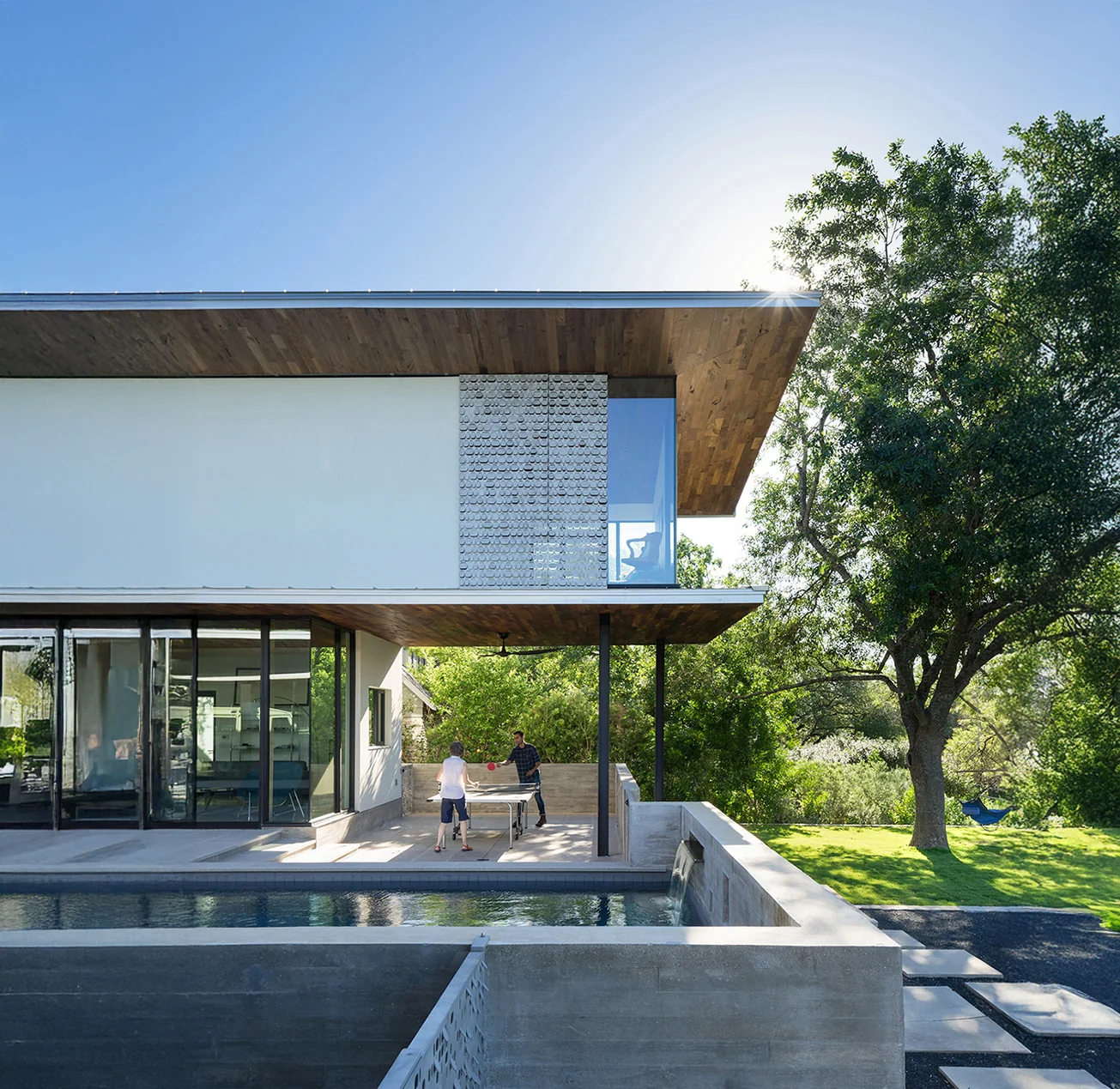
We believe that architecture is fundamentally concerned with the human experience of place, culture, light, and time. Drawing on our analysis of the unique conditions of each project, we create buildings and places that are authentic and meaningful.

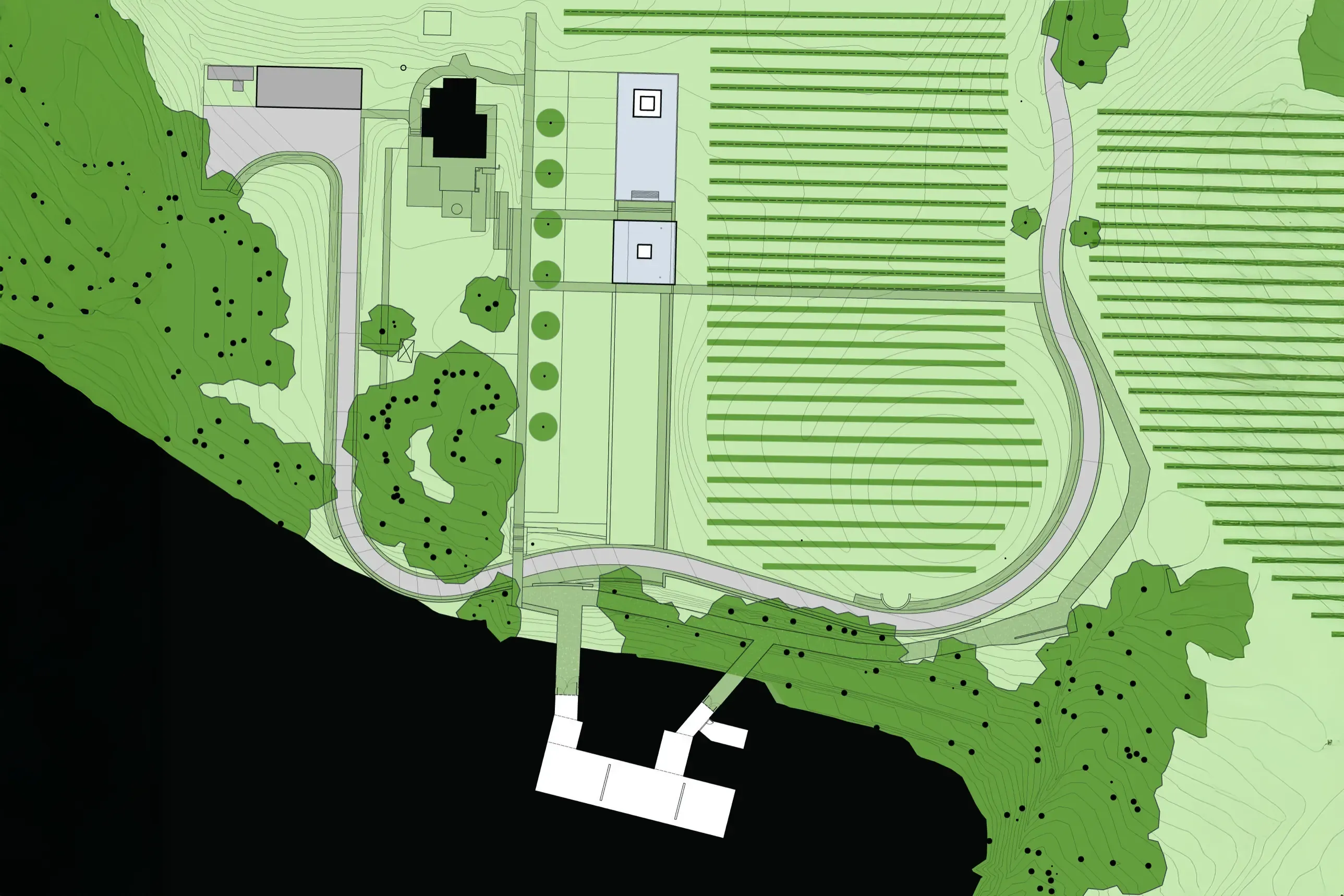
Architecture is bound to its situation. Our exploration of a site operates at different scales and durations, such that the idea of “site” takes on an expanded meaning. We begin each project with an analysis of its program and site, mining potential opportunities. It is through the intuitive study of these variables that an approach is conceived. During this phase, we explore subjective approaches to atmosphere, sound, heat, and light. We see each project as its own manifesto.


Through the careful selection of materials and the design of details, architecture is imbued with a kind of poetry that is experienced through the senses. From the tectonics of a building facade to the human scale of a door handle, we approach the architectural detail as a synthesis of material properties, design intent, craft, and environmental performance that can elevate the everyday experience of a building. We view the process of building, the translation of a design into physical space, as being central to our practice.

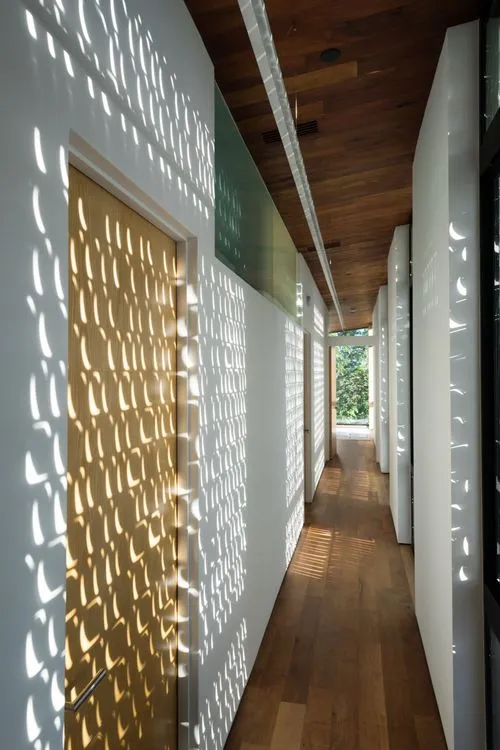
The phenomena of light in all its forms are essential to the visual experience, and environmental performance, of architecture. The ever-changing light of the sun renders a space in time. Brilliant sunlight, or diffuse light on a rainy winter’s day, or the shadows cast by passing clouds, alter one’s perception of time and space. We utilize the potential of light at every stage in our design process - when orienting a building; when designing facades that serve as a filter for light; and when considering illumination within an architectural interior. When working in a dense urban environment, where access to daylight is constrained, the power of daylight to shape experience is at its most charged. Daylight is complemented by the integration of electric illumination, which registers the transition from daytime to evening and shapes the experience of interior space.

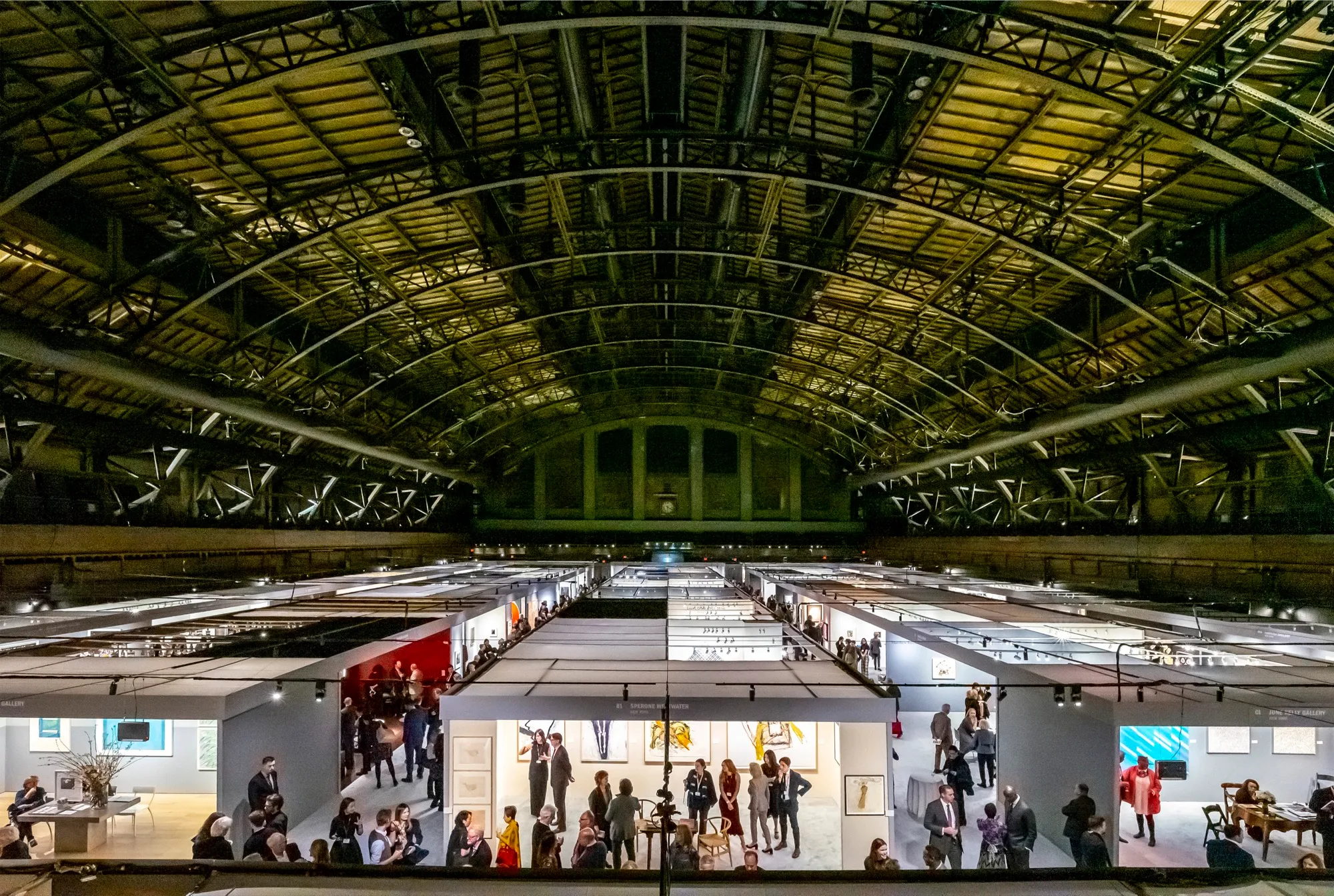
Architecture shapes our experience of daily life, from the private domestic room to the collective spaces of a society. We believe that all our projects have a responsibility to make a positive contribution to the physical, civic, and social context in which they are built, especially those that serve our collective need for learning, gathering, and cultural enrichment.

.webp)
We view the responsibility of environmental stewardship as also offering opportunities for new ways of thinking about architecture and design that span the entire process of design and realization of a project, from initial concept, through completion, to the imagining of a future reuse of a building. Constraints inspire innovation, and at each stage of design we seek to reduce resource consumption, repurpose existing materials, and participate in the regeneration of communities and natural resources.

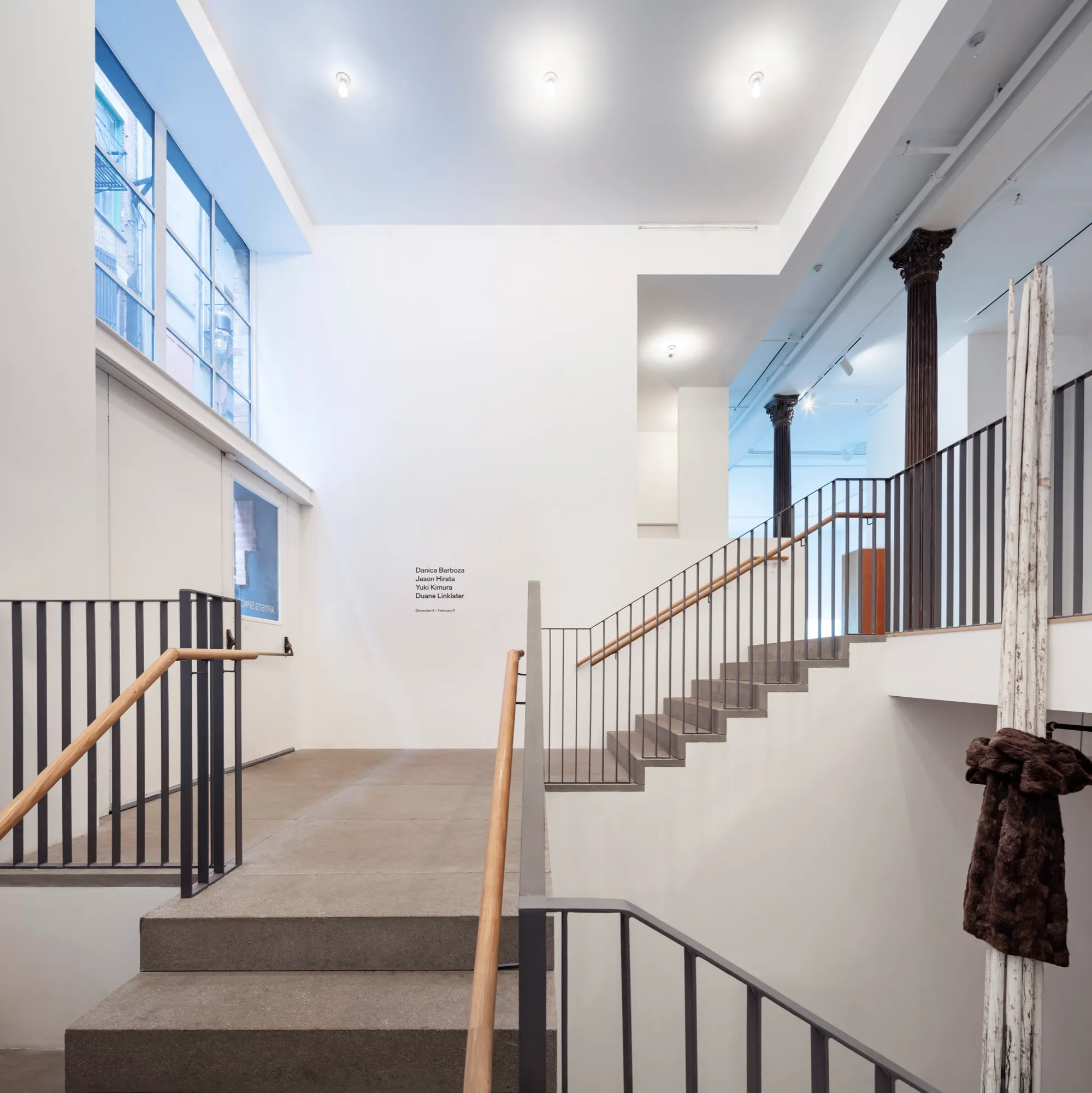
We view adaptive reuse as being more than an environmentally responsible design approach. Beyond the quantifiable measures of economic value and embodied carbon, existing buildings have cultural and emotional value in a society. They offer a continuity with the past, while suggesting the possibility of alternative futures through their repurposing and adaptation for the needs of contemporary life.
Work Process
We begin each project with curiosity and commitment. Through an iterative process of exploration, experimentation, and collaboration, our designs evolve from initial concept to realization.
01
Latent possibilities and unexpected solutions
Sometimes the most compelling design solutions emerge unexpectedly. While an obvious path may present itself at first, it is only through a deeper exploration of a project’s criteria, constraints, and ambitions that more distinctive and resonant outcomes take shape. This process is iterative—testing and refining ideas to uncover latent possibilities. By looking beyond obvious solutions and engaging in rigorous analysis, we aim to distill each project to its essence and arrive at solutions that feel both inevitable and inspired.
Photo: Art Cave under construction: a private museum of contemporary art is excavated on a vineyard site using technology developed for wine caves.
02
Getting to know our clients and mining their stories
Every client brings their own story, priorities, and way of seeing the world. For us, getting to know our clients is central to the design process. We ask questions—about what matters to them, what they hope to achieve, how they live or work, and what makes their project meaningful. We look for the particularities that make each project unique. These conversations help shape designs that are specific and thoughtful—buildings that reflect the people they’re made for.
Photo: A public exhibition of the design for the new Catskill Art Space generated community feedback and support for the project.
03
Model making and drawing
Drawing and model making are central to how we think through a design. They’re ways of exploring ideas - testing scale, light, form, and spatial relationships as a design evolves. We use physical and digital modeling to develop and communicate our work. These representations allow our clients to better imagine themselves within a space and understand how it might feel, function, and come to life. They also support a collaborative process, inviting conversation, feedback, and shared discovery as we shape our designs.
Photo: At the Art Omi exhibition "Exit Architecture," our model for Evergreenhouse, a mausoleum designed for a small community, was our chief means of communicating the central concept of the project.
04
Collaborations with fabrication partners
Every project brings opportunities to create something unique - details that give a building character and make it feel grounded in its context. Over the years, we’ve built lasting relationships with skilled contractors, fabricators, artisans, millworkers, and makers who help us bring these elements to life. These collaborations enrich our work, drawing on the expertise of others to create architecture that is both finely crafted and deeply personal.
Photo: Our longstanding collaboration with Brooklyn Woods includes the fabrication of the "Estragon", a CNC milled stool designed for the Armory Show.

